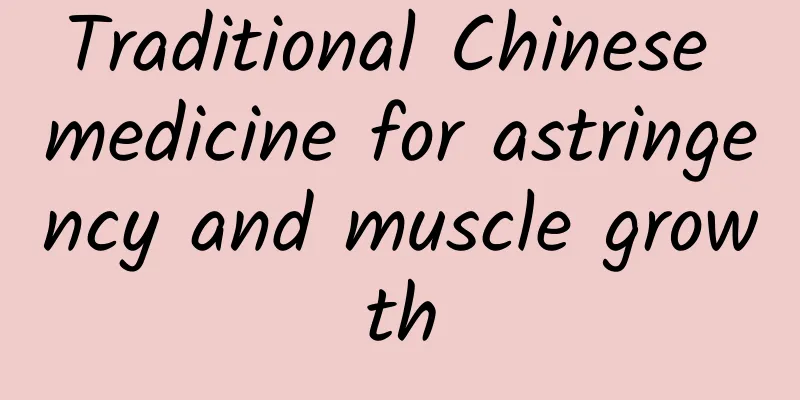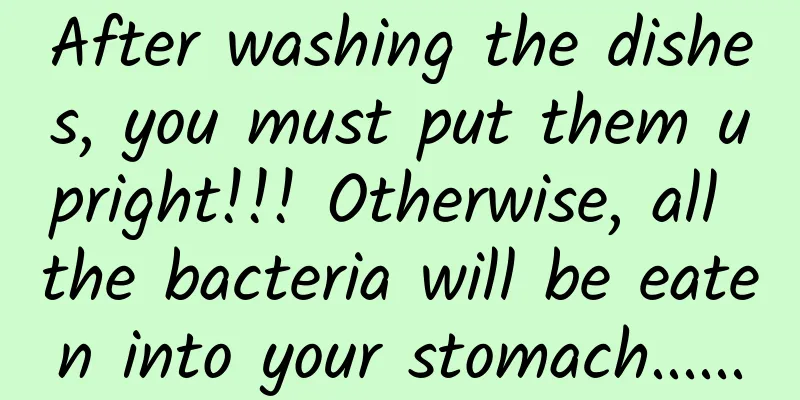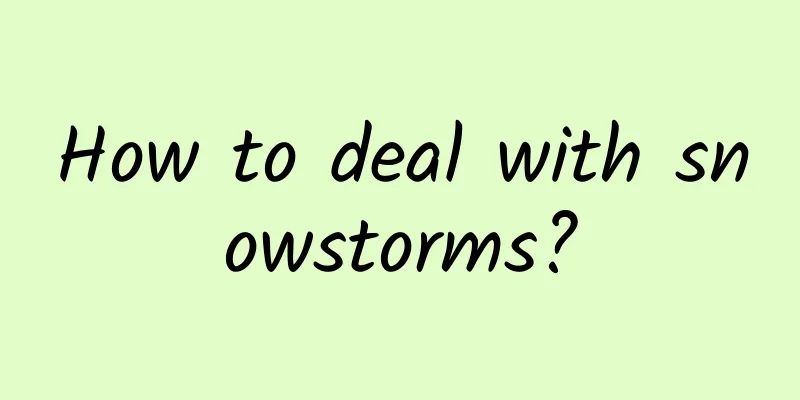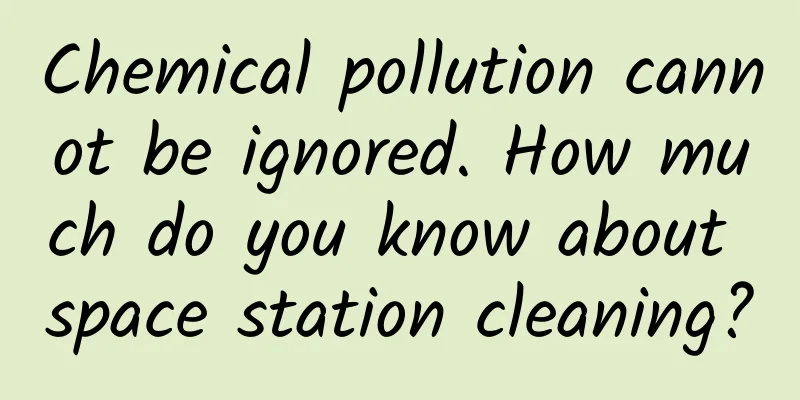Traditional Chinese medicine for astringency and muscle growth

|
Astringent and tissue-generating Chinese medicine refers to the fact that many patients often suffer from skin ulcers. Skin ulcers are difficult to heal after they occur, and at this time they can only be maintained by medication to promote skin repair. Astringent and tissue-generating Chinese medicine includes many types. The more common one is the selection. Foods like purslane are also medicinal materials. There are also some drugs that can achieve the effect of astringency and tissue-generating Chinese medicine. Indications Detoxification and tissue regeneration. It is used for sores and boils that have been ulcerated for a long time, with no flesh growth and taking a long time to heal. Dosage Powder: Wash the affected area with warm water, sprinkle a little medicine, or apply with warm water Adverse Reactions Not yet clear Taboo Not yet clear Precautions For external use only, not to be taken orally. It is forbidden to use in the early stage of ulceration. The efficacy of purslane Detoxification, swelling and blood pressure reduction. According to analysis, every 100 grams of fresh stems and leaves of Purslane contains 92 grams of water, 2.3 grams of protein, 0.5 grams of fat, 3 grams of carbohydrates, 85 milligrams of calcium, 56 milligrams of phosphorus, 1.5 milligrams of iron, 2.23 milligrams of carotene and 23 milligrams of vitamin C. It also contains a large amount of norepinephrine and potassium salt, as well as a lot of nutrients such as dihydroxyethylamine, malic acid, saccharide, vitamins B1 and B2. Pharmacological experiments have confirmed that it has a strong inhibitory effect on Shigella dysenteriae, Escherichia coli, Staphylococcus aureus and many other bacteria, and is known as a "natural antibiotic". Medicinal value of purslane 1. Antibacterial effect Qu Shuyan reported that the ethanol extract of Portulaca oleracea had a significant inhibitory effect on Shigella dysenteriae and Paratyphus flexneri. The water decoction has an inhibitory effect on Shigella, Sonnei, Stevens and Freundlich's Shigella, but Shigella can develop obvious drug resistance after multiple passages in Purslane broth. Alcohol extracts or water decoctions also have inhibitory effects on Escherichia coli, Salmonella typhi and Staphylococcus aureus; they also have different inhibitory effects on certain pathogenic fungi such as Trichophyton audouinii. It has no inhibitory effect on Mycobacterium tuberculosis; for mice infected with Escherichia coli by intraperitoneal injection, the alcohol extract or the water decoction of the residue after alcohol extraction was ineffective. In 1992, Ma Muying reported the antibacterial effect of wild purslane sold in Shenzhen vegetable markets on a variety of common food contaminating bacteria. The results showed that Purslane had a strong inhibitory effect on many common food contaminating bacteria. Even if diluted to a concentration of 12.5%, it still has a certain antibacterial effect. In particular, it has a strong antibacterial effect on many bacteria, such as Escherichia coli, Salmonella, Proteus, Shigella, Staphylococcus aureus, Bacillus subtilis, Bacillus cereus, etc., but has no inhibitory effect on Sarcina luteus and has no obvious inhibitory effect on Bacillus subtilis. Purslane also has inhibitory effects on some molds, such as Mucor racemosus, Gibberella, Alternaria, and Aspergillus flavus; but it has no inhibitory effect on Rhizopus niger, Trichoderma viride, and Aspergillus niger, and has no inhibitory effect on yeast. 2. Effects on smooth muscle In 1985, Qu Shuyan reported that Purslane extract (made by decoction and concentration with alcohol to remove the precipitate) and its separated crystalline potassium chloride had a significant excitatory effect on the isolated uterus of guinea pigs, rats and rabbits, and on the uterus in situ of dogs. 2 ml of Portulaca oleracea injection (equivalent to 5-10 g of crude drug) is stronger than 0.2 mg of ergonovine and weaker than 10 units of posterior pituitary hormone; while 4-6 ml is similar to 10 units of posterior pituitary hormone. Potassium chloride crystals isolated from Purslane have a significant contraction effect on the isolated rat ileum, and its intensity is similar to that of prostaglandin E1, 200ug, and neostigmine 0.25mg, while 0.2ml of 20% decoction has an inhibitory effect on the isolated guinea pig small intestine. Subsequently, foreign scholars Sunbhanich M et al. studied the effects of fresh juice squeezed from Portulaca oleracea and its boiling water extract on isolated guinea pig intestinal peristalsis and isolated atrium and trachea contraction. The results showed that for isolated ileum, both water juice and boiling water extract enhanced the tension, amplitude and frequency of contraction. This effect is similar to that of acetylcholine and is dose-dependent. However, the increase in contractile tone and peristalsis can be slightly blocked by atropine. Both types of preparations showed dose-dependent effects on cardiac myocardial contractility and contraction rate, as well as relaxation effects on isolated tracheal strips. These effects were similar to those produced by isoproterenol and were completely blocked by propranolol (2.1x10(-5)mol/L). The results of the effects of Portulaca oleracea on isolated guinea pig ileum and atrium suggest that the drug can be used as a relaxant and a cardiotonic agent, respectively, and its bronchial dilation effect can be used to treat bronchial asthma. 3. Effect on the uterus Li Shourou et al. reported in 1979 that purslane has two opposite effects on the animal uterus. One is the excitatory effect, which is caused by the potassium chloride isolated from purslane; the other is the inhibitory effect, which is caused by the organic components in purslane. Potassium salts are mainly found in the stems, and organic components are mainly found in the leaves. |
<<: What are the effects of Korean ginseng?
>>: What are the effects and functions of the traditional Chinese medicine Dayun
Recommend
Can cerebrospinal fluid help make “rejuvenation” a reality?
Rejuvenation and immortality have been the unremi...
Why is juniper pollen so popular? The scientific truth behind the "smoking" of the top streamers
This spring, juniper pollen has become a "to...
The efficacy and function of pomegranate root
Pomegranate root has a long history, and until no...
It rains in Tianchi Lake of Changbai Mountain. Why can the rainwater flow into the sea 2,000 kilometers away?
If it rains near Tianchi Lake in Changbai Mountai...
You can "explore" outer space by swiping your phone! Have smart mobile devices evolved to this level now?
Using millions of Android smartphones around the ...
What are the traditional Chinese medicines for promoting blood circulation and removing blood stasis during menstruation?
For female friends, if the menstrual blood is not...
Effect of washing hair with water boiled with Ligustrum lucidum
Most of us may not know much about Houttuynia cor...
A wonderful phenomenon in nature: the “creator” of the “clear distinction” is actually this!
The idiom "荆魏分明" comes from "The B...
What are the effects and functions of fresh Dendrobium
Chinese medicine is very valuable and has many di...
Jiang Ziya's little secret! Did the small token help King Wu defeat King Zhou?
Communication in war is an extremely important li...
Side Effects of Basil
Many friends know that basil is an edible plant, ...
What does it have to do with becoming ugly? This "chemical factory" in the human body really affects your appearance!
Many netizens wonder if their yellow or gray comp...
What are the effects and functions of loofah flowers
Luffa flower, as a heat-clearing herb among tradi...
National Disability Day丨Today, forward for love!
May 15th is the 32nd National Day for Persons wit...
Is general anesthesia surgery simply about making people fall asleep?
"Doctor, will this operation hurt?" &qu...







![The efficacy and function of Toosendan seeds[picture]](/upload/images/67ca5d789d42c.webp)

